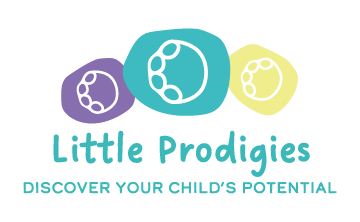Why mark-making in Early Years?
⭐️What is mark-making?⭐️
Mark-making goes beyond writing; it offers a sensory and physical experience enjoyable from a very young age.
Early mark-making involves the initial scribbles, lines, or gestures that young children create as they venture into exploration and experimentation.
These marks may lack specific meaning or representational intent but play a vital role in the developmental journey as children grasp movement control, comprehend cause and effect, and eventually link their marks to meaning, like forming recognisable shapes or symbols.
⭐️Why mark-making?⭐️
Mark-making is crucial for several reasons:
Research suggests that cognitive development is facilitated through mark-making, as it aids in the construction of mental representations. By engaging in mark-making on various surfaces, children learn that their actions can generate symbols representing objects or concepts. This foundational process sets the stage for the development of essential literacy and numeracy skills later on.
Mark-making activities, such as drawing, painting, and writing, require coordination and control of small muscles in the hands and fingers. Research shows that engaging in these activities helps develop fine motor skills, which are essential for tasks like buttoning clothes, tying shoelaces, and eventually, writing with precision.
Mark-making provides opportunities for language development as children often comment on their actions while drawing or writing. Talking or labeling the marks they make helps children connect spoken language with written symbols, enhancing their vocabulary and language comprehension skills.
Through mark-making, children express their thoughts, feelings, and imagination in visual form but also support social and emotional development by encouraging collaboration, sharing, and turn-taking among children. By using different tools and materials, mark-making can be a great sensory activity leading the children to enhance their ability to process information and regulate their emotions.
⭐When to Begin?⭐
Mark-making can be observed at the early stages of a child's development, as babies and toddlers explore making marks while engaging in sensory activities like messy play.
⭐What can I do?⭐
At Little Prodigies, we encourage the children to experiment with mark-making using various tools and materials.
Here are our top 5 ideas to promote early mark-making in babies and toddlers.
1 - Sensory Bags: Fill ziplock bags with paint, colored gel, or shaving foam and tape them securely to a table or window. Babies can press and move their fingers on the bags to create marks without getting messy.
2 - Exploring Textures: Offer a variety of textured materials like sponges, cotton balls, or textured rollers. Babies and toddlers can dip these objects in paint and explore how they create different marks on paper.
3 - Nature Mark-Making: Take a nature walk and collect leaves, twigs, or flowers. Use these natural materials to make marks in a sandpit.
4 - Exploring with Food: Allow babies to explore making marks using safe, edible materials like mashed fruits or vegetables. Spread a thin layer of mashed banana, avocado, or cooked pumpkin on a surface and let them use their fingers to make marks.
5 - Create a Sensory Bin: Fill a tray with coloured oats or rice and give your child different tools; a toothbrush, paintbrushes, a stick, a spoon or simply they can use their hands to make marks.
Remember to always supervise children during mark-making activities, especially when using materials that could pose a choking hazard or when working with paints or other messy substances. The goal is to provide a safe and stimulating environment for them to explore and experiment with different mark-making tools and materials.
